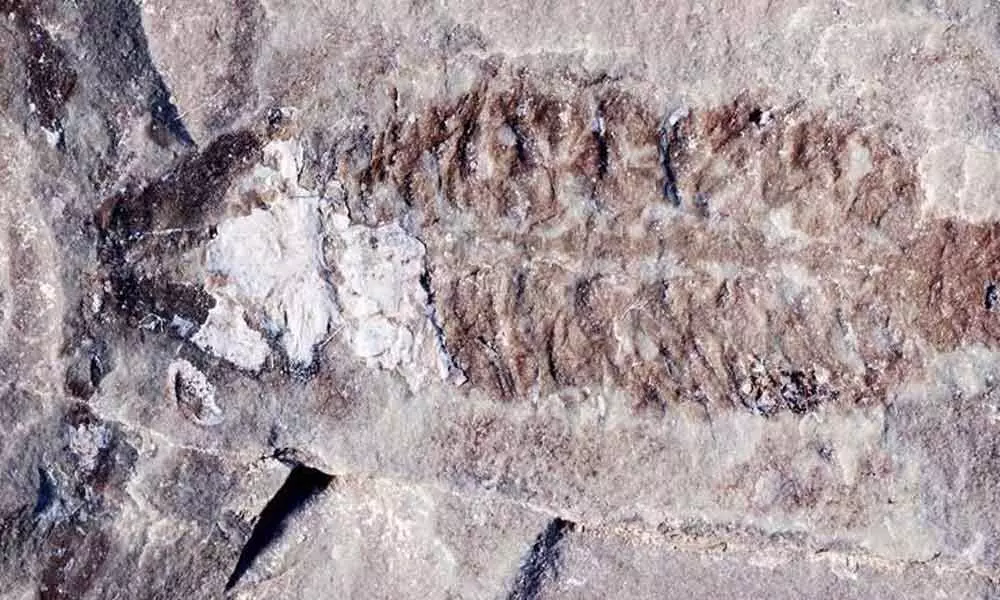Oldest scorpion fossil found

Researchers have discovered the oldest-known scorpion species, which may have lived approximately 437 to 436 million years ago, a finding that sheds light on how creatures adapted to living on land.
Researchers have discovered the oldest-known scorpion species, which may have lived approximately 437 to 436 million years ago, a finding that sheds light on how creatures adapted to living on land.
The scorpion, named Parioscorpio venator, is described in the journal Scientific Reports as the oldest-known scorpion reported to date, and may have been capable of leaving its marine habitat and venturing onto land - a behaviour similar to that of present-day horseshoe crabs. According to the scientists, including Andrew Wendruff from the Otterbein University in the US, scorpions are among the first animals to have moved from the sea onto land.
However, they said their fossil record is limited, making it unclear how and when they adapted to a terrestrial life. Wendruff and his colleagues assessed two well-preserved specimens of a previously unknown fossil scorpion species discovered in Wisconsin, US, which dates back to the early Siluarian period between 437.5 to 436.5 million years ago.
According to the study, P. venator shows primitive characteristics seen in other early marine organisms, such as compound eyes, and also has traits found in present-day scorpions, such as a tail ending with a stinger.
"This is the earliest scorpion yet reported, and it shows a combination of primitive marine chelicerate, and derived arachnid characteristics," the scientists noted in the study. According to the researchers, the two specimens show details of internal anatomy, including narrow, hourglass-shaped structures extending along much of the the body's middle part.
They said these structures are very similar to the circulatory and respiratory systems seen in present-day scorpions, as well as those in modern horseshoe crabs. "Elements of the circulatory, respiratory, and digestive systems are preserved, and they are essentially indistinguishable from those of present-day scorpions but share similarities with marine relatives," the researchers wrote in the study.
However, the study noted that the specimens did not offer clues about lungs or gills in P. venator. But based on their similarity to horseshoe crabs -- which can breathe on land -- the scientists suggest that while the oldest scorpions may not have been fully terrestrial, they may have strayed onto land for extended periods of time.




















